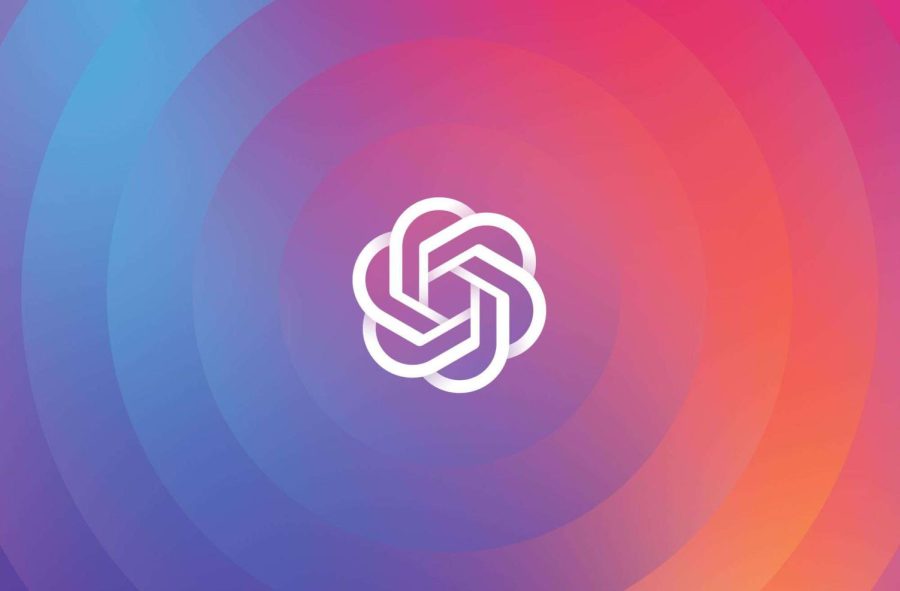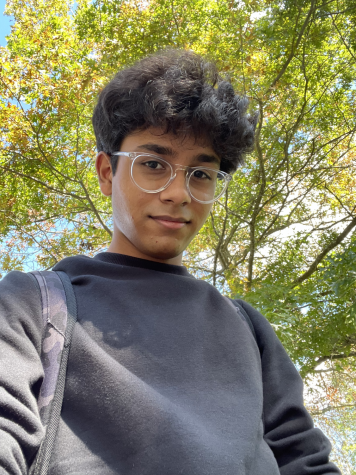AI in Education: the Help and Harm
January 19, 2023
A new artificial intelligence has gained national attention, with conversation about it happening everywhere from Twitter to Tiktok to the major newspapers. ChatGPT, a natural language processor developed by openAI, is a conversational AI that can write texts, do math/logic problems, and write code— all without using the Internet.
It’s not the first of its kind; there are countless writing and image-generating AI networks available online, as well as the more well-known ones like Grammarly or Alexa. Still, ChatGPT’s free public access has prompted another wave of fear and excitement on the capabilities of artificial intelligence. It serves as a reminder that AI breakthroughs are happening as we speak— so how will we in high school and college react to the change they bring?
As many have noted in the past few weeks, AI in programs like ChatGPT offer an easier-than-ever path to cheating through writing assignments. In mere seconds, ChatGPT can produce anything from an short-answer explanation of enzyme function to a five-paragraph essay on racism in How to Kill a Mockingbird. If you’re interested, it could give you an explanation on how to remove a peanut butter sandwich from a VCR (in the style of a biblical verse). It is a powerful tool for difficult-to-spot plagiarism. Even if ChatGPT is blocked by the district (and it already is, try searching “ChatGPT” on a chromebook), more chatbots like it will be ready to take its place. Teachers may soon find that assigning essays and short responses for homework is no longer practical.
Mr. Metz, MHS Computer Science teacher, points out the need for teachers to be aware of the changing technology.
“Just like any technology there is usually a time and place where it is helpful and other times where it can be a hindrance…So with AI like ChatGPT, does that mean that students shouldn’t have to ever write essays anymore or learn how to write computer code? I don’t think so. But it does mean that as educators we need to be aware that there are technologies out there that can do those things so well that it may be indistinguishable from student work. This means that maybe assignments like this are only given in class.”
But a warning to students: along with the obvious plagiarism of passing its work off as your own, these programs are not all-knowing. They write based on patterns in the databases of human language they’ve been trained on, and thus, they reflect the errors, biases, and shortcomings of those examples. This means they often lack knowledge in the more niche topics we cover for school, and likely will not be getting you A’s if you use them to write for you.
On the other hand, the same technology offers students valuable tools. Students can use ChatGPT to draft emails to teachers, simplify dense academic texts, and find explanations for concepts they struggle with in class. It wouldn’t be the first AI used this way— Grammarly is already a popular tool for writing, and it too runs on artificial intelligence technology. Used responsibly, artificial intelligence can be a great help to students without violating academic integrity.
Sreekara Dandibhtola, President and founder of the Programming Club, says “I think that schools should allow it [ChatGPT] as a resource similar to the way news articles are cited in reports. Obviously, it should only be used as a resource with the permission of the teacher.”
Mr. Chapin, 12th grade English teacher, believes that for now, high school and tools like ChatGPT should remain separate. It could eventually be integrated, but teachers are not yet prepared. He says that “Technology moves so fast that until we’re well versed in it [ChatGPT], I wouldn’t try to use it. Right now, it’s too new.”
For seniors, many of whom are preparing for college next year, there’s another factor to consider: will the degree they spend thousands of dollars on (computer science, English/writing, etc.) be rendered useless in this new era? Or an even wider concern: as Hollywood has been predicting for years, are we going too far with technology, inviting a robot takeover worthy of the Matrix? At the same time, what new industries and jobs will be created with the rise of artificial intelligence? Job security has been a common worry in conversations of AI advancement, and the balance between progress and security continues to be a difficult one to keep.
Mr. Metz addresses the challenge with allowing progress to move too fast in the context of education. He compares it to similar debates on the role of calculators in math classes.
“Building a solid foundation in math is the only way to firmly grasp more challenging concepts. When we let a calculator have a supporting role more than it should, then that often leads to challenges down the road. This then leads us to the next idea of what school is for in the first place. Is it for dispensing information or getting good grades….If it is the latter, then taking shortcuts is only helping students in the short-term but is massively hurting them in the long-term.”
These are not new questions. Again, ChatGPT is not the first AI natural language processor, or even the first one from openAI; it is the improved version of the previous model, GTP-3, and of the same maker as the AI-image generator, DALL-E. It was not the first technology to ask us difficult questions, and it will not be the last. As our society approaches a new IT revolution, it will be important to remain critical of AI’s overreach or abuse, without spreading mass panic and misinformation.




